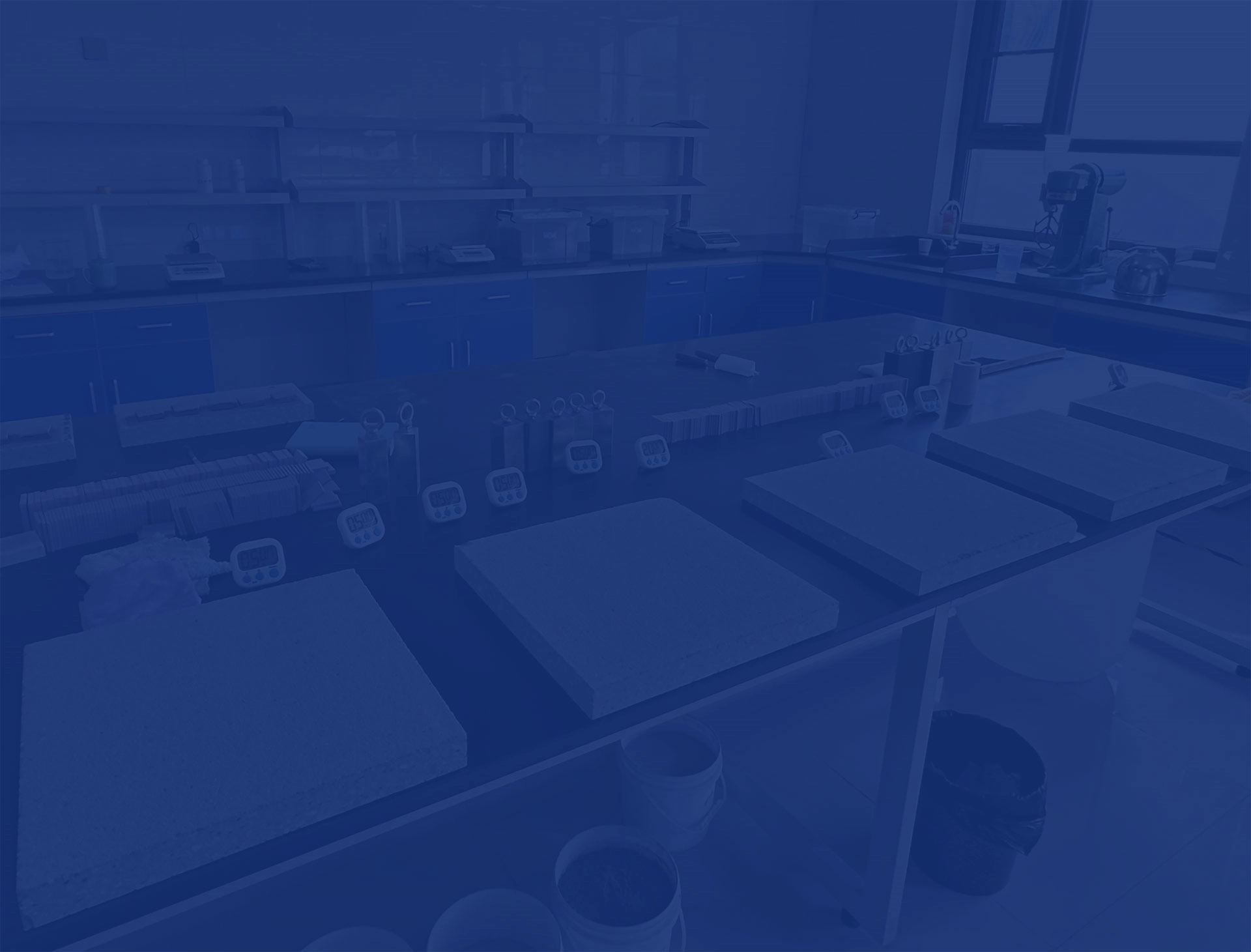
сеп. . 30, 2024 15:09 Back to list
Types and Applications of Redispersible Polymer Powders in Construction and Coatings
Understanding Redispersible Polymer Powder Types An Overview
Redispersible polymer powders (RDPs) have gained significant traction in the construction industry and other applications due to their beneficial properties. These fine, dry powders can readily rehydrate in water, dispersing back into a stable emulsion. A variety of polymer types and formulations are available, each providing distinct advantages depending on the specific application. This article explores the different types of redispersible polymer powders, their properties, and their uses.
Types of Redispersible Polymer Powders
1. EVA (Ethylene-Vinyl Acetate) Powders These are among the most common types of RDPs. EVA powders are well-known for their exceptional flexibility, adhesive capabilities, and resistance to various environmental factors like moisture and UV light. This makes EVA ideal for tile adhesives, external insulation systems, and various coatings.
2. VAE (Vinyl Acetate-Ethylene) Powders VAE powders offer a balance between adhesion, flexibility, and water resistance. Their formulation provides robust bonding properties, making them suitable for use in cementitious systems and dry mix mortars. VAE is also preferred for its low VOC emissions, aligning with modern environmental standards.
3. ACR (Acrylic) Powders Acrylic-based RDPs exhibit excellent color retention, durability, and weather resistance. They are highly versatile and are often used in decorative coatings, stucco, and EIFS (Exterior Insulation and Finish Systems). The superior film-forming properties of acrylics also enhance the water repellency of finished products.
4. PVA (Polyvinyl Acetate) Powders PVA powders are known for their strong adhesive properties and versatile applications. They are particularly useful in the formulation of paints, adhesives, and coatings. PVA offers good flexibility and durability, making it an excellent choice for interior applications.
5. Polyurethane Powders These RDPs combine flexibility with excellent chemical and abrasion resistance. Their unique formulation allows them to withstand harsh environments, making them suitable for industrial coatings and outdoor applications.
Key Properties of Redispersible Polymer Powders
redispersible polymer powder types

- Redispersibility The primary characteristic of RDPs is their ability to rehydrate and form stable dispersions upon water addition. This property is essential for applications where materials need to be mixed on-site.
- Adhesion One of the critical benefits of incorporating RDPs into formulations is their ability to improve adhesion to a variety of substrates, enhancing the overall performance of the final product.
- Flexibility and Elasticity Many RDP types provide substantial flexibility, which helps in accommodating substrate movements without cracking or delaminating.
- Water Resistance RDPs improve the water resistance of the final products, ensuring longevity and durability, particularly in construction applications exposed to moisture.
- Thermal Stability Some types of RDPs exhibit excellent thermal stability, allowing them to maintain performance characteristics under varying temperatures.
Applications of Redispersible Polymer Powders
Redispersible polymer powders are utilized in a wide range of applications. They are commonly used in tile adhesives, cement-based composites, renovation mortars, and render systems. In the plaster and coating industries, RDPs enhance performance properties, such as flexibility, workability, and durability. Moreover, their inclusion in dry mix mortars allows for easier handling and improved performance in the field.
Conclusion
Understanding the various types of redispersible polymer powders is crucial for selecting the right materials for specific applications. Whether it’s EVA for excellent adhesion, VAE for low VOC emissions, or acrylics for weather resistance, each polymer type offers unique properties that cater to diverse needs in the construction sector and beyond. As industries continue to seek sustainable and high-performance materials, RDPs remain a vital component in achieving innovative solutions.
-
Versatile Hpmc Uses in Different Industries
NewsJun.19,2025
-
Redispersible Powder's Role in Enhancing Durability of Construction Products
NewsJun.19,2025
-
Hydroxyethyl Cellulose Applications Driving Green Industrial Processes
NewsJun.19,2025
-
Exploring Different Redispersible Polymer Powder
NewsJun.19,2025
-
Choosing the Right Mortar Bonding Agent
NewsJun.19,2025
-
Applications and Significance of China Hpmc in Modern Industries
NewsJun.19,2025







